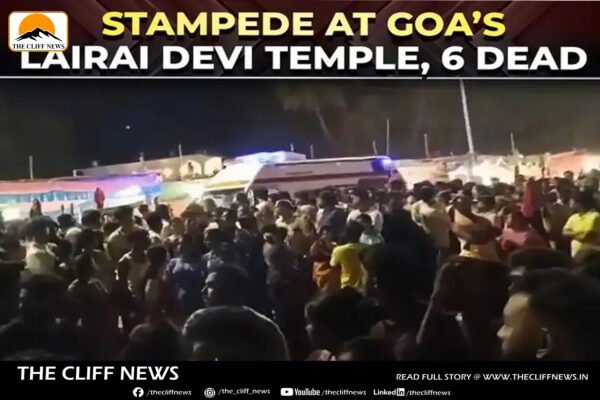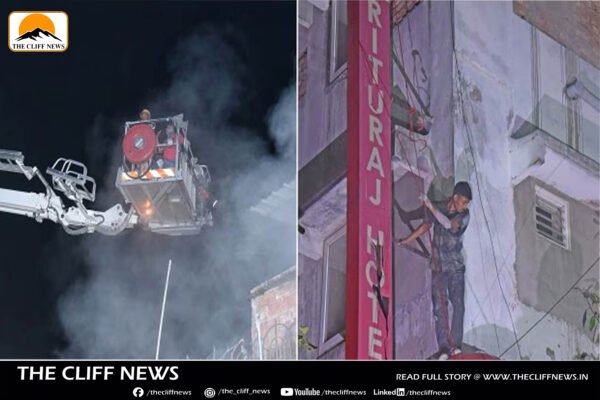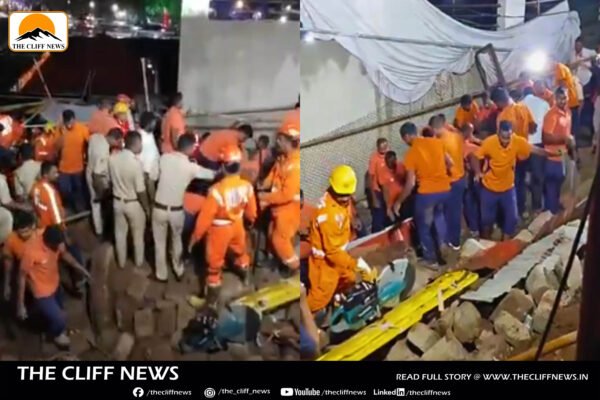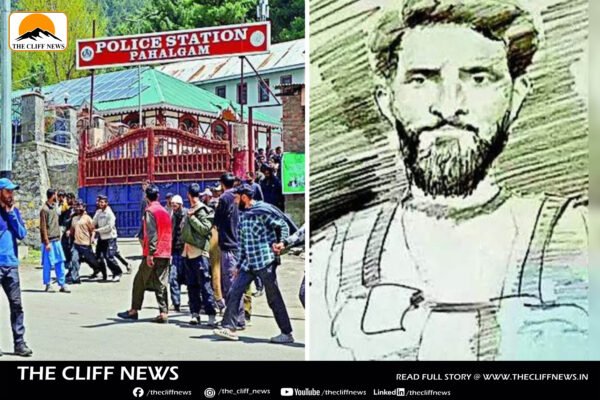7 Dead, Over 80 Injured in Stampede at Shri Lairai Zatra Festival in Goa
At least seven people lost their lives and more than 80 others were injured in a tragic stampede during the annual Shri Lairai Zatra festival at the Shri Lairai Devi Temple in Shirgao, Goa, late on Friday night. The injured have been rushed to the Goa Medical College (GMC) and the North Goa District Hospital in Mapusa for treatment. Goa Chief Minister Pramod Sawant visited the North Goa District Hospital and earlier inspected the situation at the Bicholim hospital. Taking to social media platform X, he expressed condolences to the families of the victims and assured the public that he is personally monitoring the situation. Sawant also announced a detailed inquiry into the incident, stating, “We will make the report public,” while speaking to reporters at the site. Goa Health Minister Vishwajit Rane confirmed that 10 of the 80 injured are critically hurt and that medical teams have been working overnight to save lives. “This is the most unfortunate incident,” he said, adding that more than six to seven people have lost their lives and that the government is doing its best to treat the injured. Prime Minister Narendra Modi also expressed condolences to the bereaved families, stating that the local administration is actively supporting the victims. Congress MP Rahul Gandhi echoed these sentiments and wished a speedy recovery to those injured. The exact cause of the stampede and the identities of the victims have not yet been released by the authorities. The Shri Lairai Zatra is one of Goa’s most revered religious festivals, held annually at the Shri Lairai Devi Temple in Shirgao. Devotees from across the state and neighbouring regions attend the event to honour Goddess Lairai, a form of Goddess Parvati. A major highlight of the festival is the dhondachi zatra, in which devotees walk barefoot over burning embers—a ritual believed to invoke divine blessings. The festival draws thousands of participants, with grand processions, devotional music, and ceremonial offerings marking the celebration. This year’s tragedy has cast a shadow over the otherwise vibrant and spiritual occasion.










